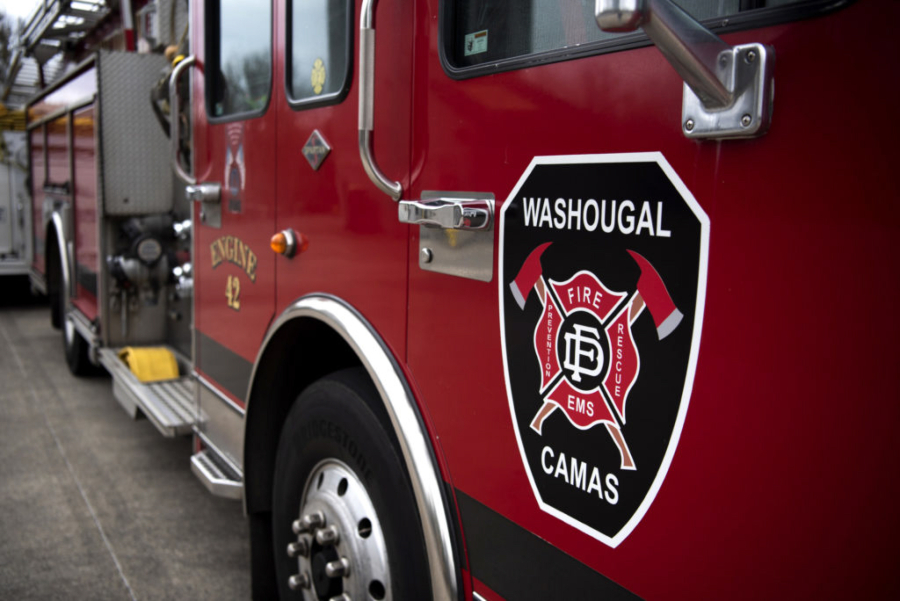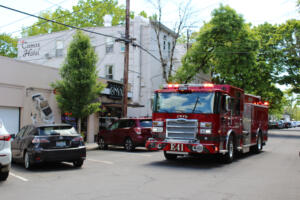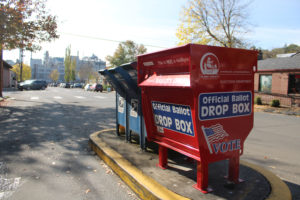A nearly decade-long partnership between Camas and Washougal that formed the Camas-Washougal Fire Department in 2013, “has too many gaps to represent a sustainable model moving forward,” consultants told Camas and Washougal city officials during a Nov. 18 Zoom meeting.
“Some of you are probably saying, ‘Well, duh, that’s why we’re here,'” Rob Moody, a consultant with the Tualatin-based Merina + CO, which has been reviewing the CWFD partnership since May 2021, told local officials. “We needed to go through these steps … and data to back up what many of you have been thinking or feeling for some time now. Now we have those data-fed conclusions to support the feeling that the current model isn’t workable.”
The Merina consultants led officials through a nearly three-hour presentation that delved into the CWFD’s governance, finances, service to the community, sustainability and equity for the cities of Camas and Washougal.
“We established a key set of criteria to identify where it’s working and where it’s not,” Jordan Henderson, a consultant with Merina, said. “It was important to set a baseline … to compare alternatives moving forward.”
Camas City Council members approved the $94,770 contract with Merina in May, and said they hoped the consultants would be able to come up with a solution that allows the fire department to meet the community’s growth and increased needs without putting the bulk of the financial strain on any one jurisdiction.




